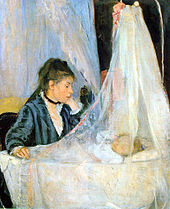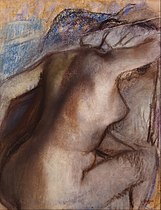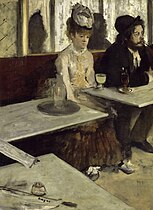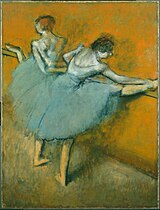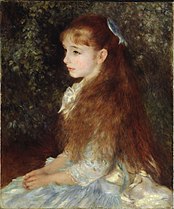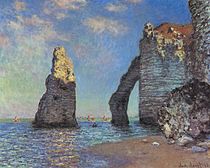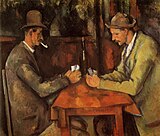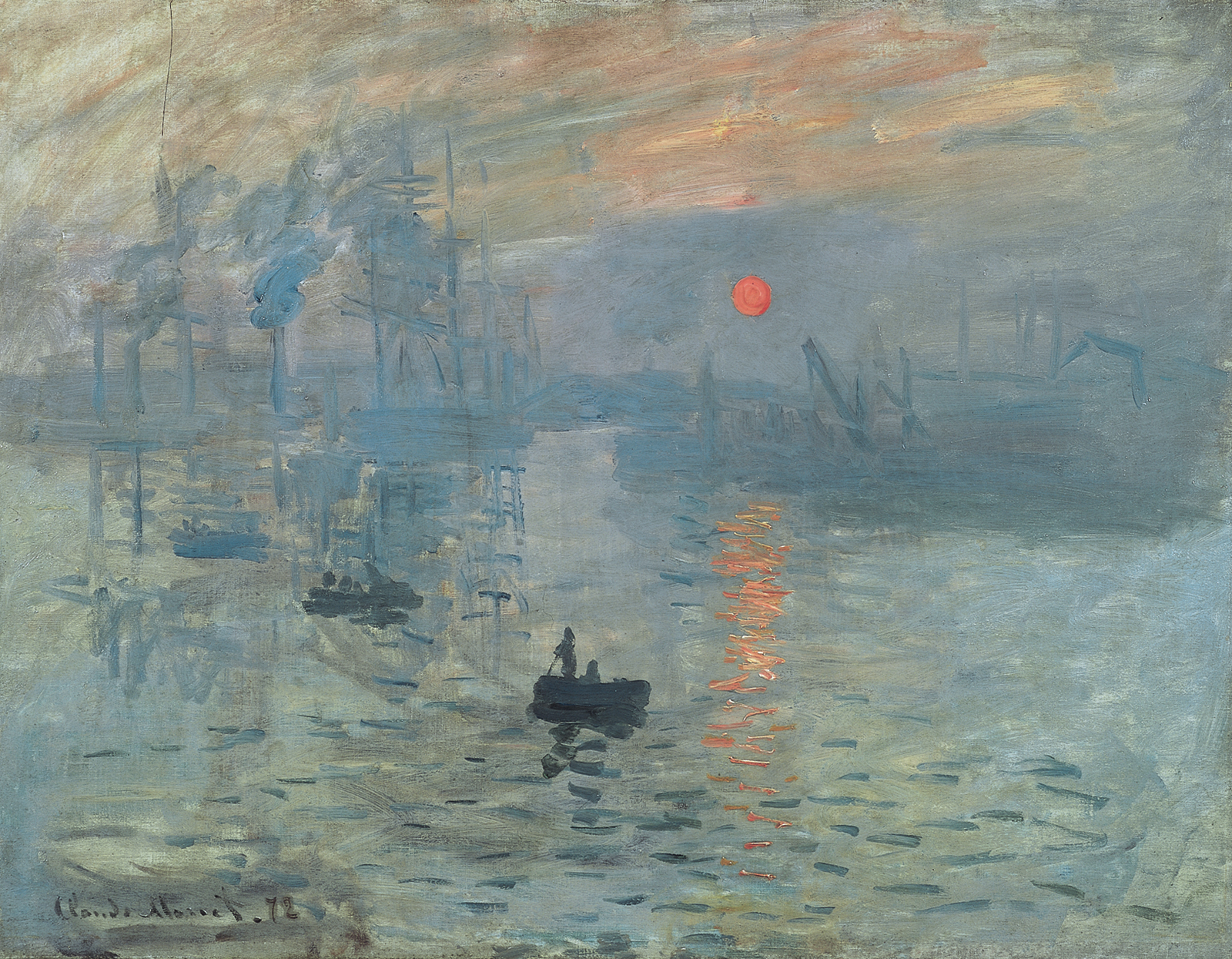
Impressionism
Impressionism was a 19th-century art movement characterized by relatively small, thin, yet visible brush strokes, open composition, emphasis on accurate depiction of light in its changing qualities (often accentuating the effects of the passage of time), ordinary subject matter, unusual visual angles, and inclusion of movement as a crucial element of human perception and experience. Impressionism originated with a group of Paris-based artists whose independent exhibitions brought them to prominence during the 1870s and 1880s.
This article is about the art movement. For other uses, see Impressionism (disambiguation).Location
The Impressionists faced harsh opposition from the conventional art community in France. The name of the style derives from the title of a Claude Monet work, Impression, soleil levant (Impression, Sunrise), which provoked the critic Louis Leroy to coin the term in a satirical 1874 review of the First Impressionist Exhibition published in the Parisian newspaper Le Charivari. The development of Impressionism in the visual arts was soon followed by analogous styles in other media that became known as Impressionist music and Impressionist literature.
French painters who prepared the way for Impressionism include the Romantic colourist Eugène Delacroix; the leader of the realists, Gustave Courbet; and painters of the Barbizon school such as Théodore Rousseau. The Impressionists learned much from the work of Johan Barthold Jongkind, Jean-Baptiste-Camille Corot and Eugène Boudin, who painted from nature in a direct and spontaneous style that prefigured Impressionism, and who befriended and advised the younger artists.
A number of identifiable techniques and working habits contributed to the innovative style of the Impressionists. Although these methods had been used by previous artists—and are often conspicuous in the work of artists such as Frans Hals, Diego Velázquez, Peter Paul Rubens, John Constable, and J. M. W. Turner—the Impressionists were the first to use them all together, and with such consistency. These techniques include:
New technology played a role in the development of the style. Impressionists took advantage of the mid-century introduction of premixed paints in tin tubes (resembling modern toothpaste tubes), which allowed artists to work more spontaneously, both outdoors and indoors.[26] Previously, painters made their own paints individually, by grinding and mixing dry pigment powders with linseed oil, which were then stored in animal bladders.[27]
Many vivid synthetic pigments became commercially available to artists for the first time during the 19th century. These included cobalt blue, viridian, cadmium yellow, and synthetic ultramarine blue, all of which were in use by the 1840s, before Impressionism.[28] The Impressionists' manner of painting made bold use of these pigments, and of even newer colours such as cerulean blue,[6] which became commercially available to artists in the 1860s.[28]
The Impressionists' progress toward a brighter style of painting was gradual. During the 1860s, Monet and Renoir sometimes painted on canvases prepared with the traditional red-brown or grey ground.[29] By the 1870s, Monet, Renoir, and Pissarro usually chose to paint on grounds of a lighter grey or beige colour, which functioned as a middle tone in the finished painting.[29] By the 1880s, some of the Impressionists had come to prefer white or slightly off-white grounds, and no longer allowed the ground colour a significant role in the finished painting.[30]
As the influence of Impressionism spread beyond France, artists, too numerous to list, became identified as practitioners of the new style. Some of the more important examples are:
During the 1880s several artists began to develop different precepts for the use of colour, pattern, form, and line, derived from the Impressionist example: Vincent van Gogh, Paul Gauguin, Georges Seurat, and Henri de Toulouse-Lautrec. These artists were slightly younger than the Impressionists, and their work is known as post-Impressionism. Some of the original Impressionist artists also ventured into this new territory; Camille Pissarro briefly painted in a pointillist manner, and even Monet abandoned strict plein air painting. Paul Cézanne, who participated in the first and third Impressionist exhibitions, developed a highly individual vision emphasising pictorial structure, and he is more often called a post-Impressionist. Although these cases illustrate the difficulty of assigning labels, the work of the original Impressionist painters may, by definition, be categorised as Impressionism.


